

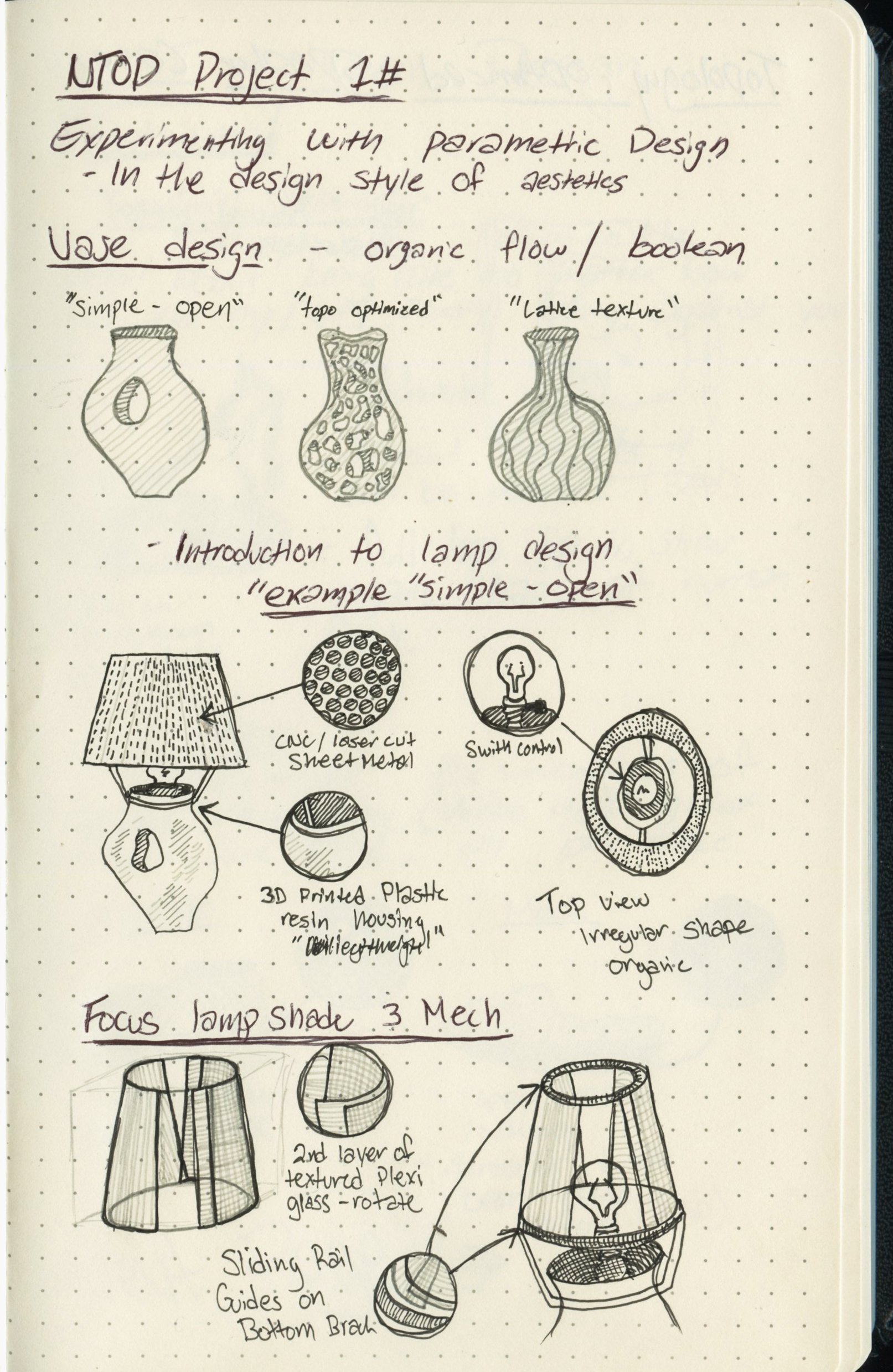
NTOP Lamp
This project is part of my ongoing exploration into parametric design, where I aimed to push the boundaries of computational aesthetics and functionality. My primary focus was on utilizing nTopology to deepen my understanding of field-driven design and its applications in creating visually compelling and structurally optimized forms. Through this process, I experimented with advanced computational techniques while maintaining a strong connection to traditional design principles. Above is a comprehensive walkthrough, showcasing the project's evolution from initial concept development to the final refined design
For this project, I knew from the start that I wanted to use nTop computational design to create the base of my lamp. My goal was to achieve an organic form inspired by nature and the fundamental structure of Voronoi patterns.
I began the initial design and measurements in Blender, developing a general shape for the base. Transitioning into nTop, I utilized a boundary node to randomly distribute points within a defined volume. These points were then connected using a Voronoi node, which allowed me to experiment with thickness variations.
To further enhance the design, I explored field-driven design, introducing a gradual density shift from the base to the top. By defining specific parameters, I controlled the structure’s density at various points, creating a seamless transition that reinforced both aesthetics and functionality.
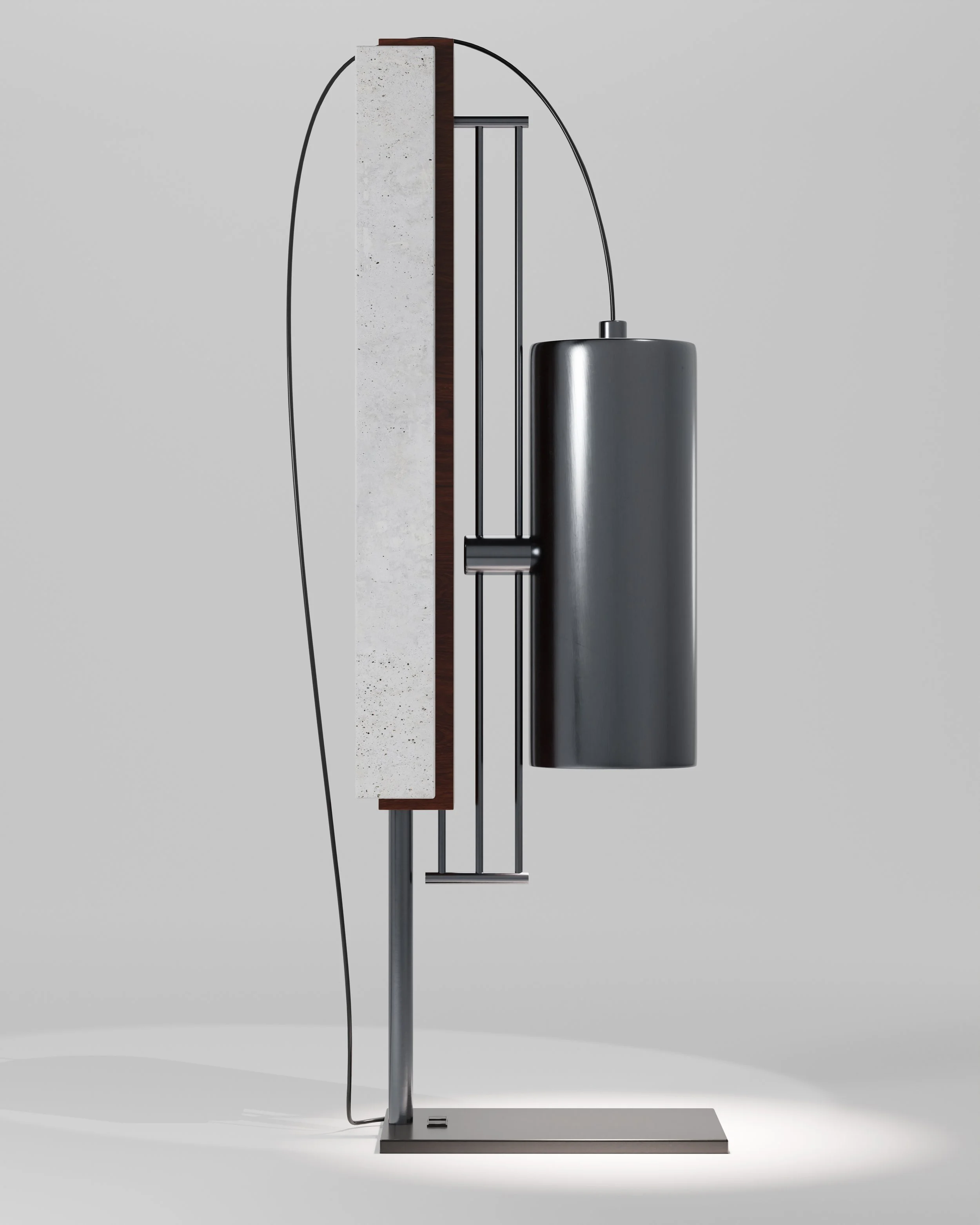


“Desk lamp”
A modular desk lamp to control all lighting environments. With a variable height adjustment, I give the viewer the opportunity to change the area light size. Including extra slack of the cable you are able to move the housing higher and give the light opportunity to shine larger on the surface below.


“Contemporary lamp”
As I spend most my designs relating to full adjustability for the user, I take this approach more aesthetically. With a fixed lamp shade, the light has the opportunity to shine uniquely off the brushed metal surface.
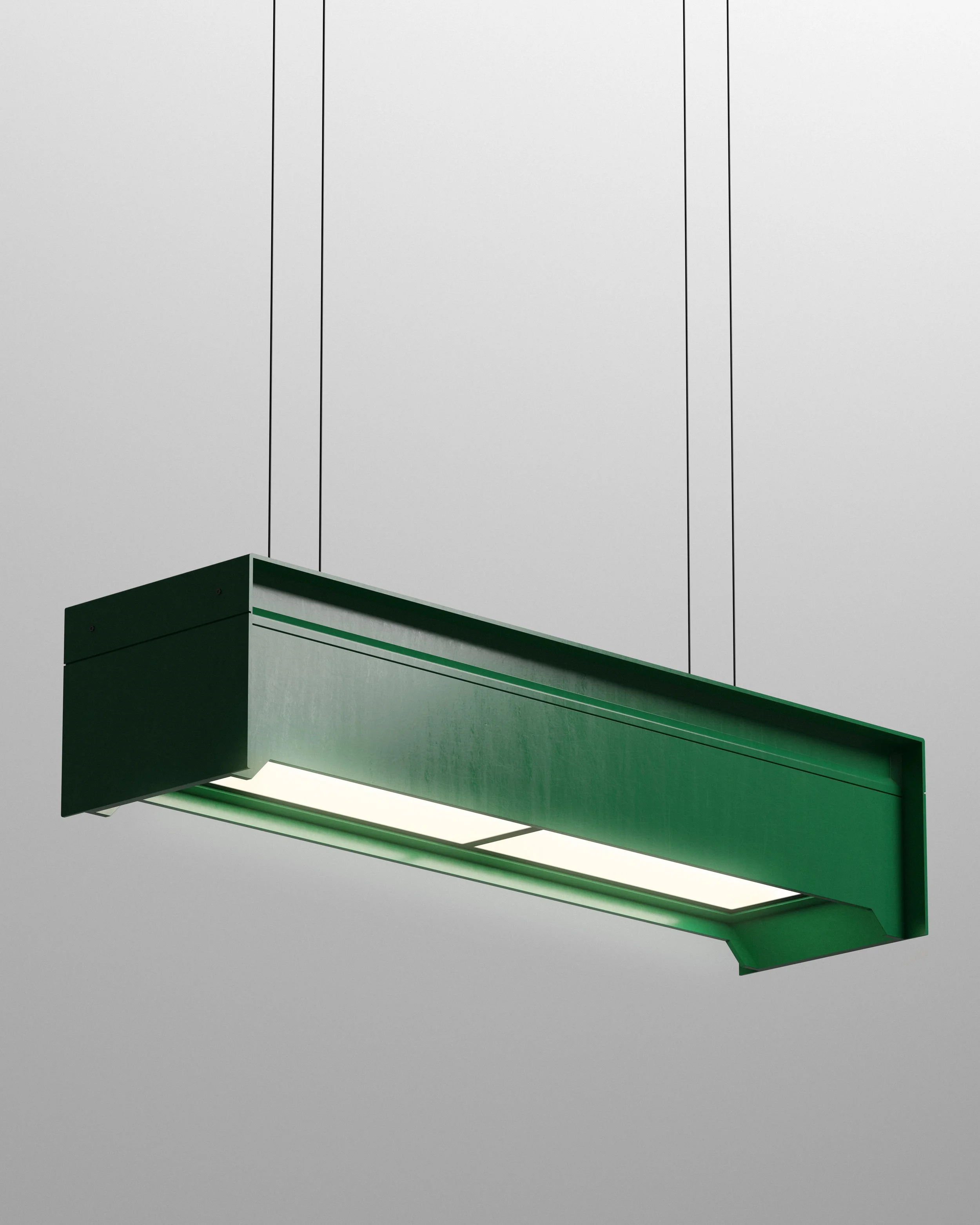

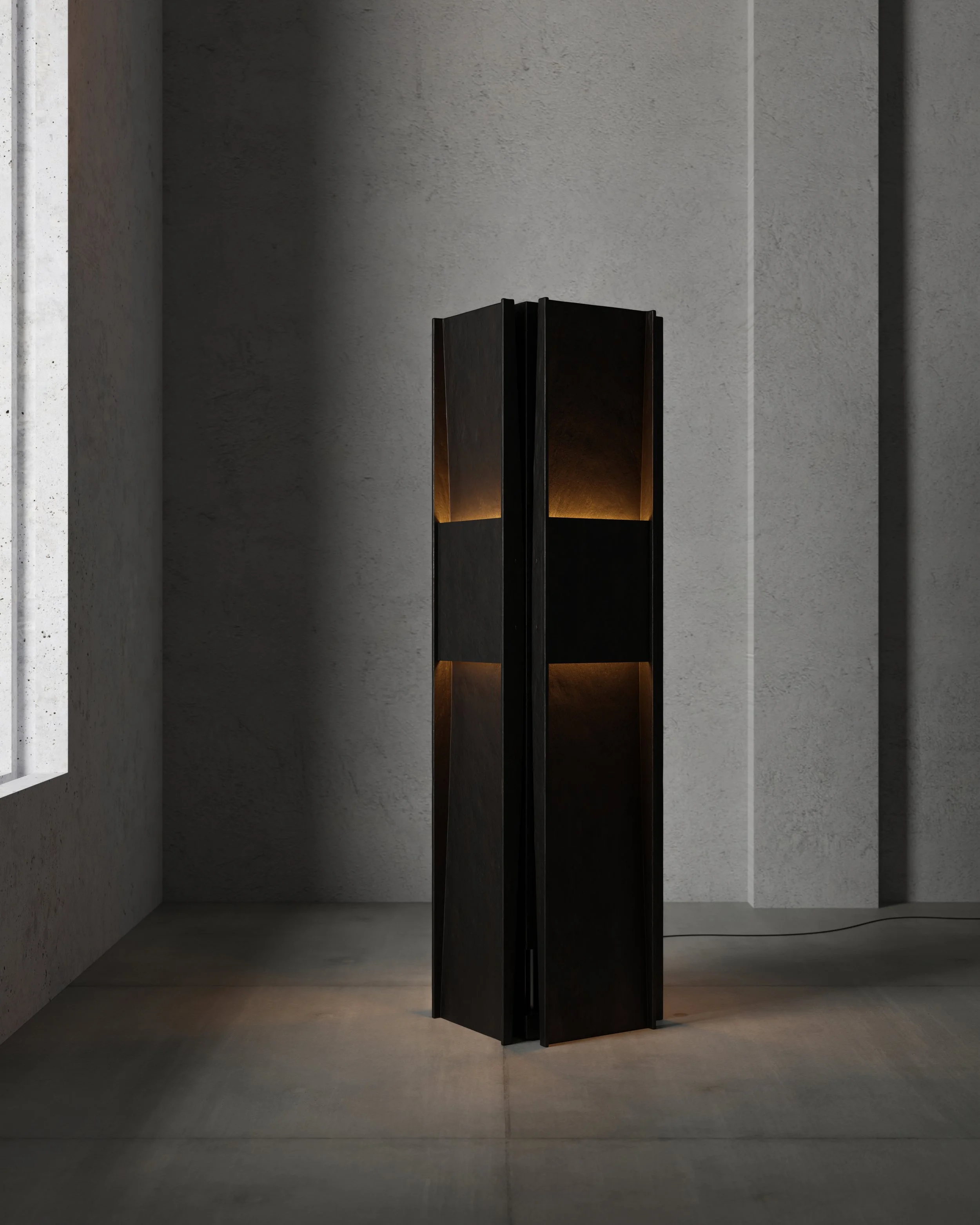
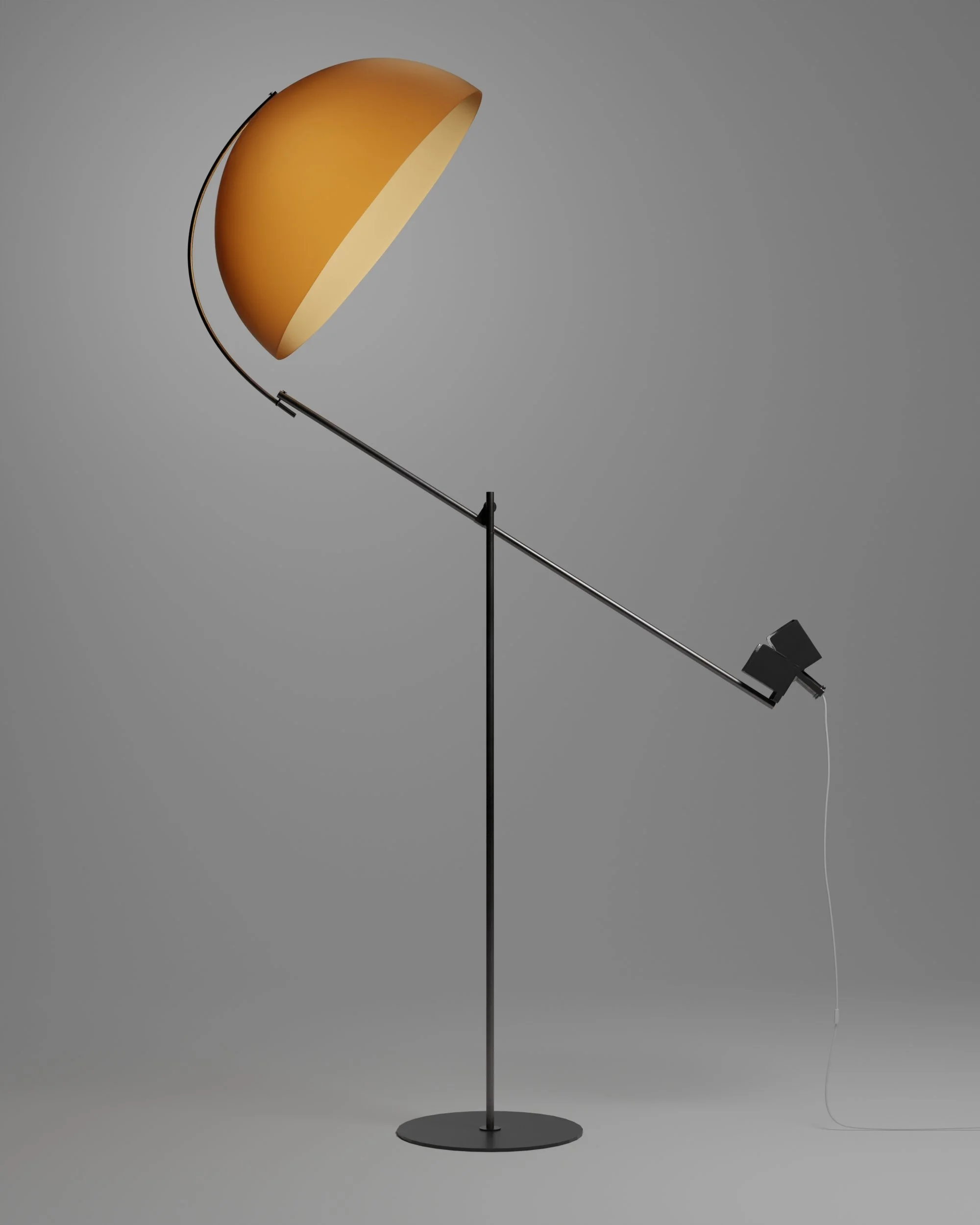

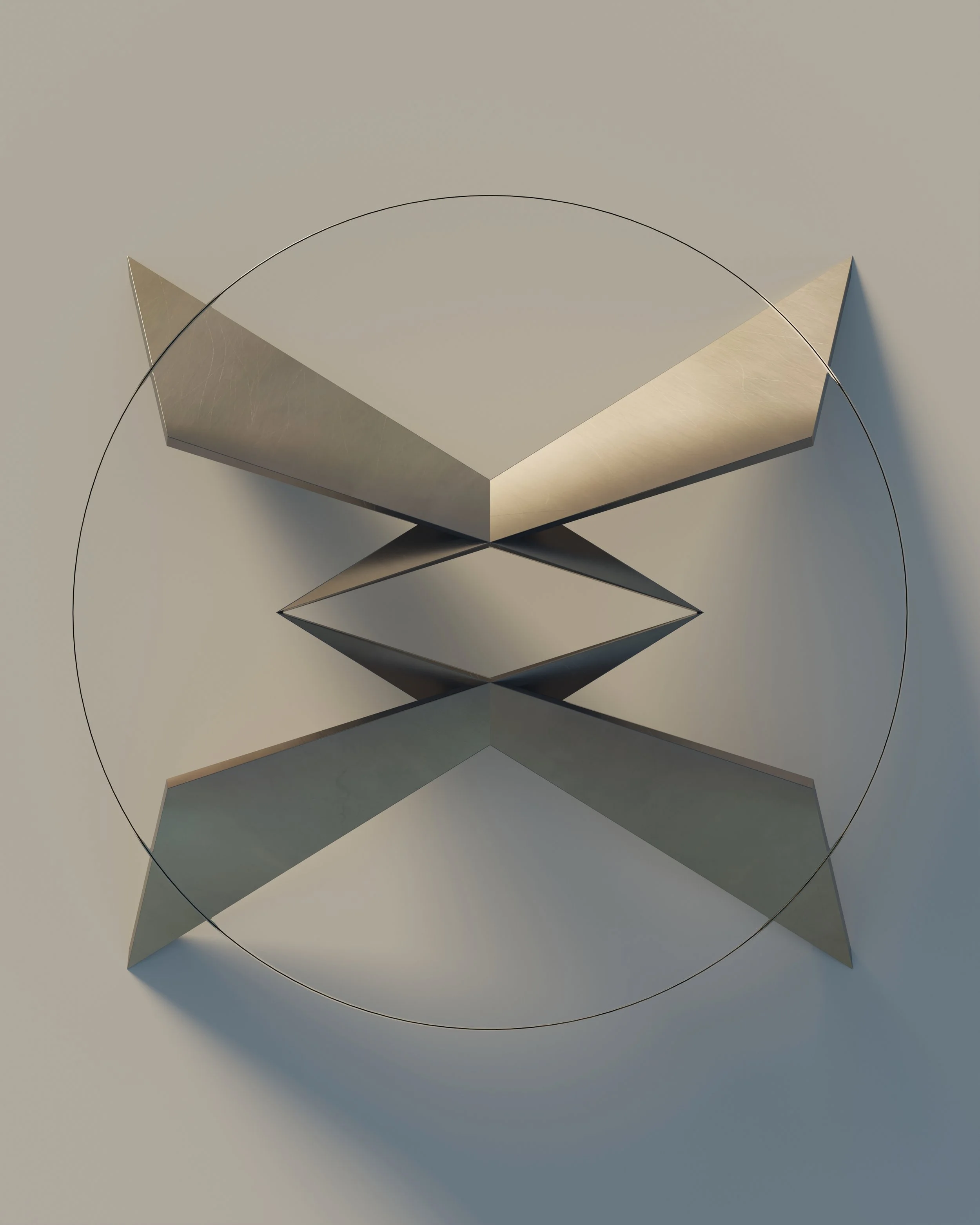
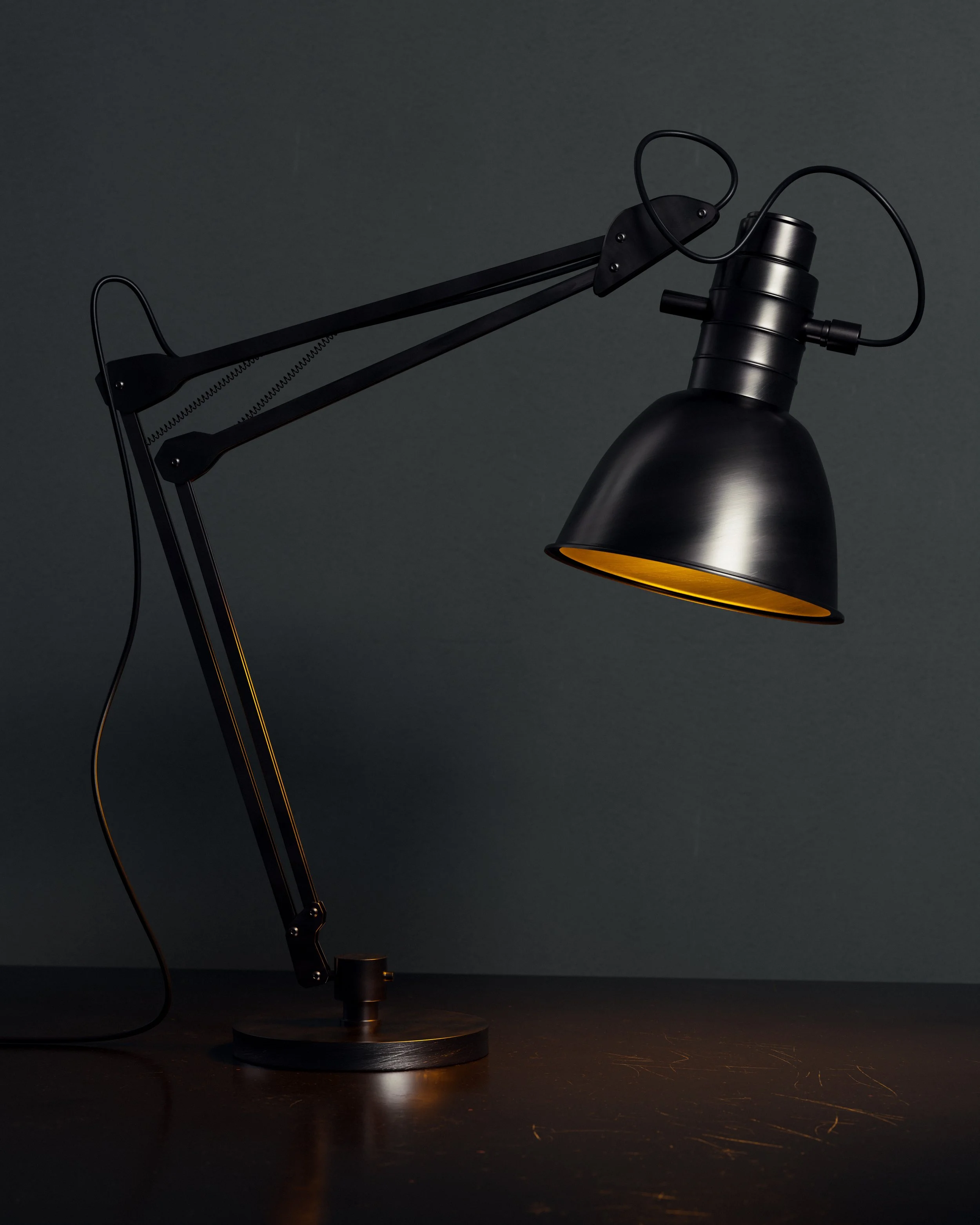
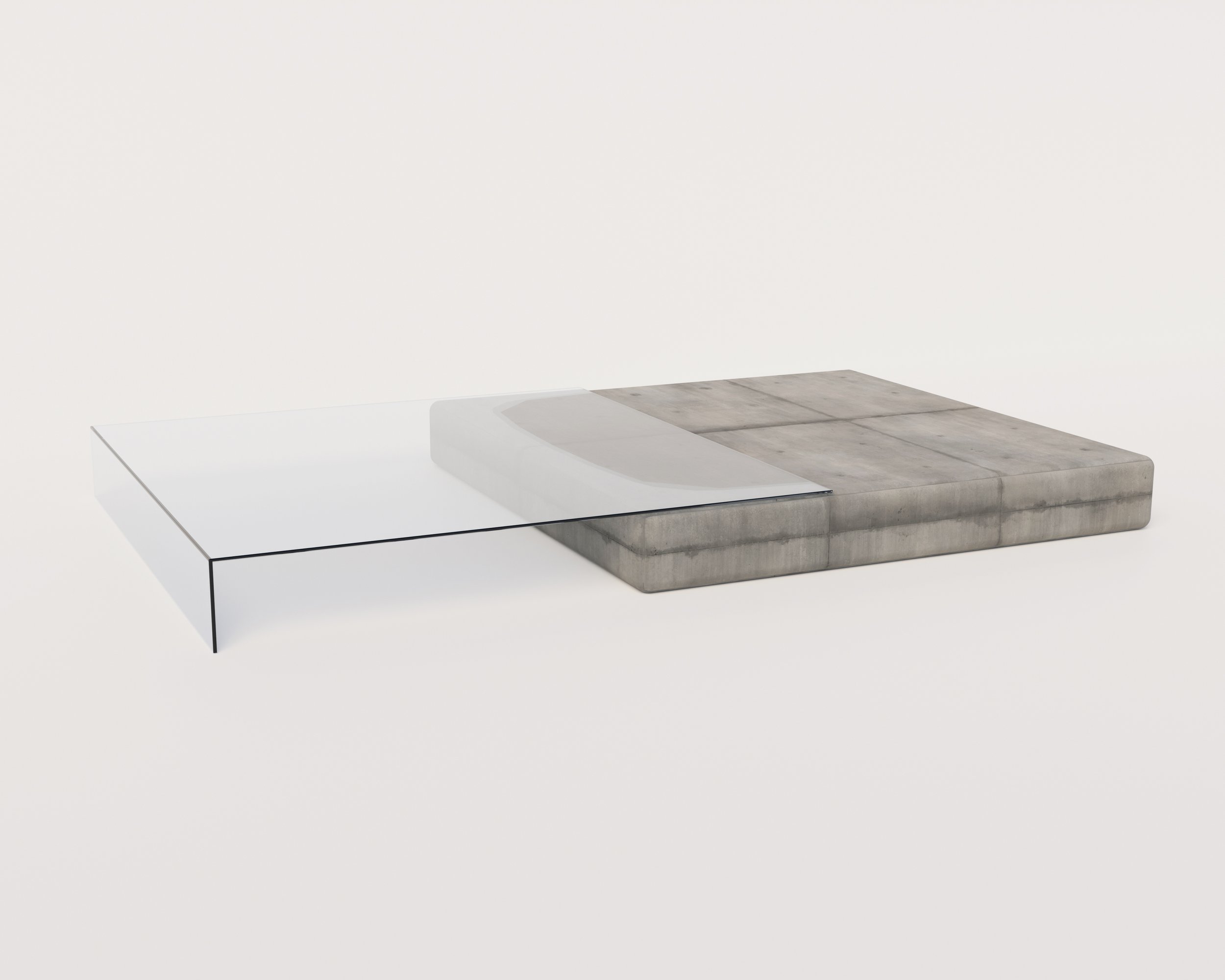


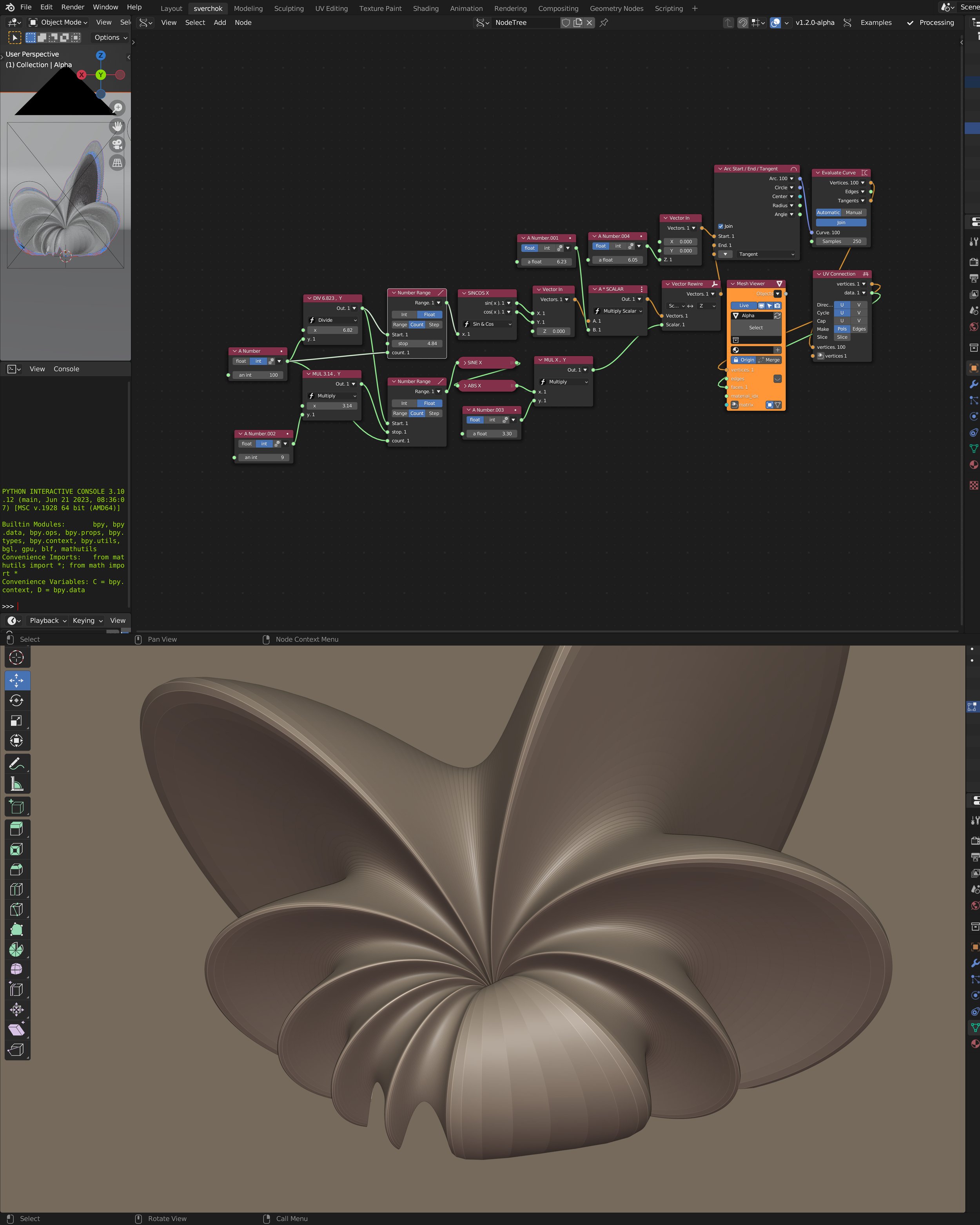
As technology increases I am fascinated with new ways of designing in non destructive ways with topology. Parametric design is an approach in architecture and engineering that uses algorithms and mathematical relationships to define and manipulate design parameters. By altering these parameters, designers can explore a wide range of forms and configurations quickly and efficiently. This process allows for greater flexibility and innovation, enabling solutions that can adapt to specific constraints or requirements while optimizing performance and aesthetics.
In this exercise I use Sverchok to design an abstract statue, being able to change the size, panel size, and repitition instantly with multiple variables